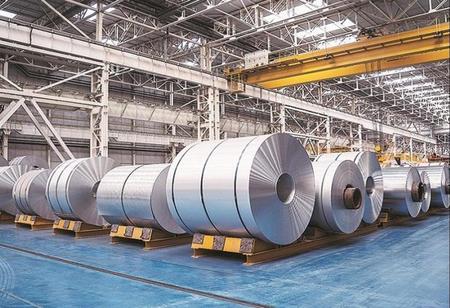Steel prices continue to be at multi-year highs as do spreads. There are mutiple triggers for rising prices. TV Narendran of Tata Steel says China has been showing much more discipline with their exports and is not flooding overseas markets with dirt cheap steel as was seen in the 2016 commodity crash. Moreover, India demand for steel is very strong.
But Steel cycles generally last 4-5 years. What could spell a reversal from these high levels?
Narendran says that because of the structural changes that the industry has undergone, prices will stay elevated.
"While Steel prices will continue to be volatile, they will settle at prices higher than seen in the last decade", said Narendran.
The structural changes are: China and Japan exporting less Steel as other countries now look to manage needs through internal production. Also, the change in cost structure especially the rise in carbon costs seen in the European Union.
Lately, Steel has received another push in the form of high input costs. Iron ore prices were trading at above $200/tn for a very long time before they moved to levels of $160/tn but Coking coal continues to stay at the very elevated levels of $200/tn and above.
TV Narendran discusses about the US opportunity with Biden's mega $1 trillion infra plan and while he believes it would move sentiment, the US is a hard market to sell Steel to. "HRC prices at US are over $1800/tn but US not an easy market to export Steel into due to certain disguised protections in place".
